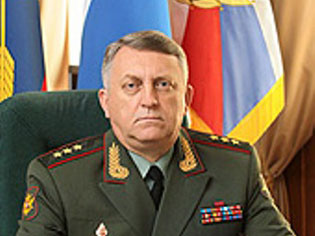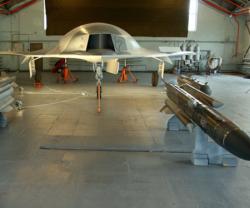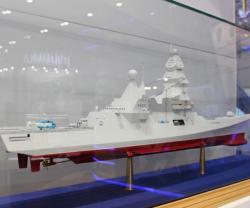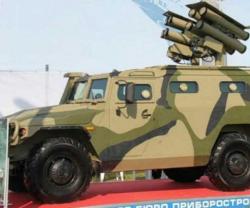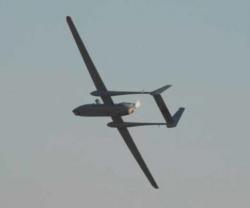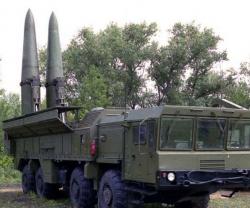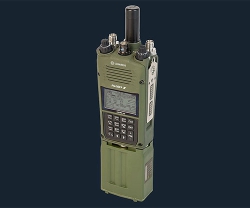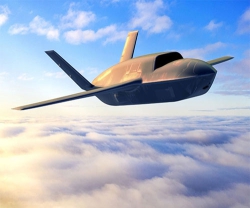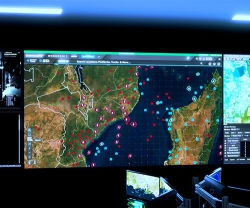Russia is developing a new intercontinental ballistic missile, the military announced last week, in an apparent attempt to remind the United States of Moscow's rocket capacities.
Revealing the existence of the project for the first time, Rocket Forces Commander General Sergei Karakayev (photo) said several test launches of prototypes had already taken place and the work was on the “right path”, Russian state media said.
Karakayev said the latest test was on October 24 at the Kapustin Yar firing range in the Astrakhan region of southern Russia.
He said a prototype accurately hit a mock target at the Sary-Shagan firing rage in neighboring Kazakhstan.
“The goals set in the test-launch were achieved,” he said.
He appeared to link the solid-fuel missile's development to controversial US plans to install missile defense systems in central Europe which have long angered Moscow.
“The solid fuel missile will allow us to realize possibilities like the creation of a high-precision strategic missile with a non-nuclear warhead with practically global range,” Karakayev was quoted as saying by the state RIA Novosti news agency.
He said that the new 100-tonne missile would be able to overcome any existing missile defense system.
NATO has already activated the first stage of the defense shield whose deployment Russia has bitterly opposed out of fears that it may target its own vast nuclear arsenal.
They tell us that this is done against the missile threat emanating from Iran. However, only Russia has such missiles, Karakayev said, quoted by the ITAR-TASS news agency.
“In this connection we believe that the missile defense in Europe is aimed against Russia as there are simply no other states in Europe that have missiles against which the deployed missile defense systems could be potentially used”, he said.
Russia has already warned it will have to deploy new rockets on the borders of NATO's European partners such as Poland should its concerns not be addressed.
Karakayev added that the new missile would also be effective in combating any future missile defense system that the United States could install in space.
He said the missile would ultimately replace Russia's new generation of intercontinental missiles, the Yars and Topol-M.
Analysts believe that Russian fears that since much of its know-how is built on technology developed in the Soviet era, it may become obsolete by the time NATO's shield becomes fully operational in 2018.
Russia periodically test-fires long-range missiles, usually firing them from the far northwest of the country towards the Kamchatka region on the Pacific some 6,000 kilometers (3,700 miles) to the east.
Source: AFP; RIA Novosti; ITAR-TASS

